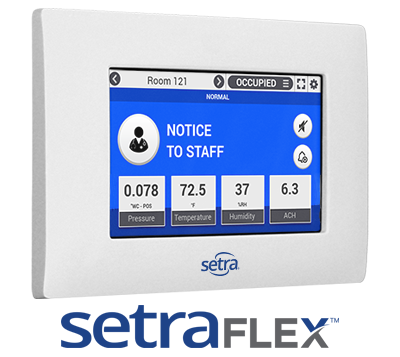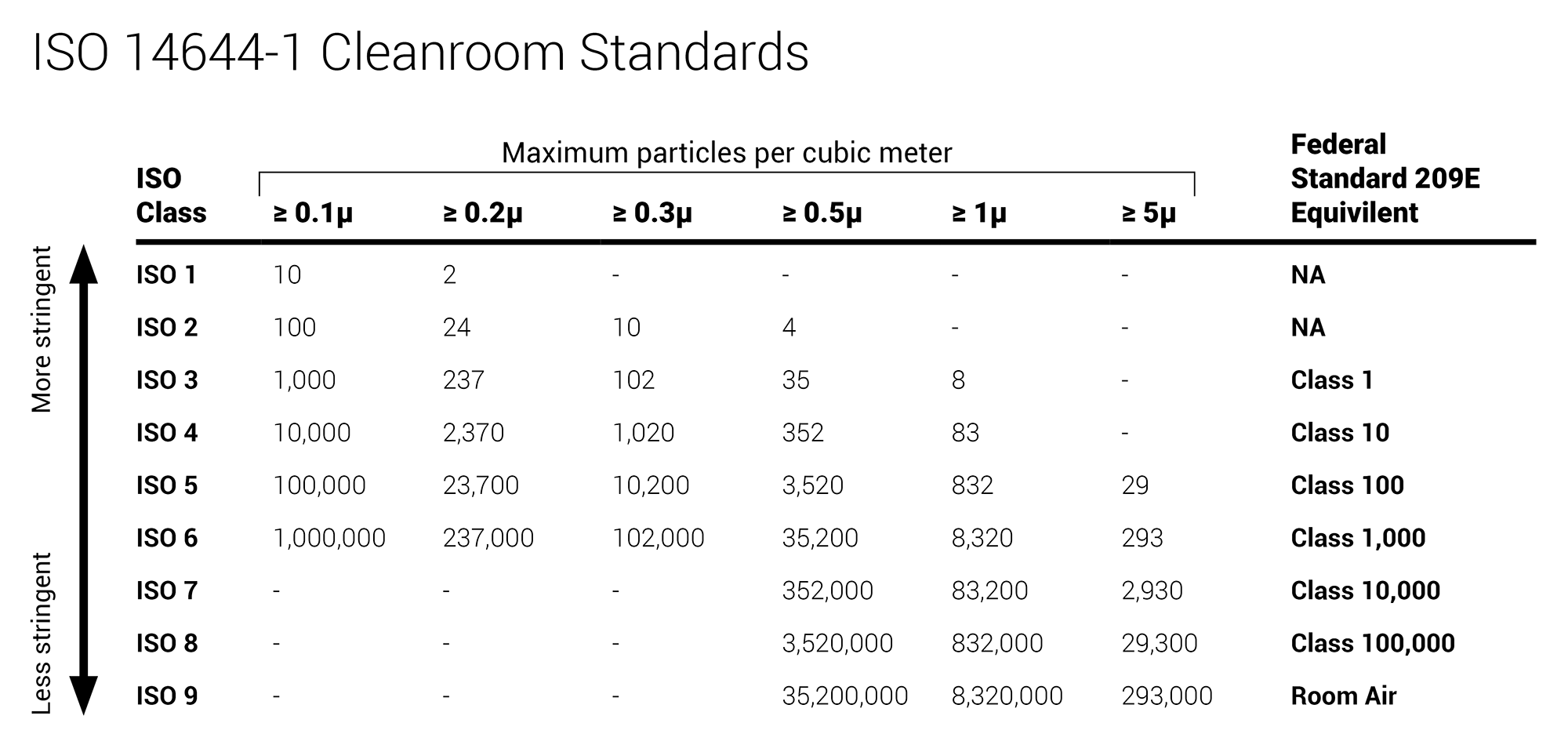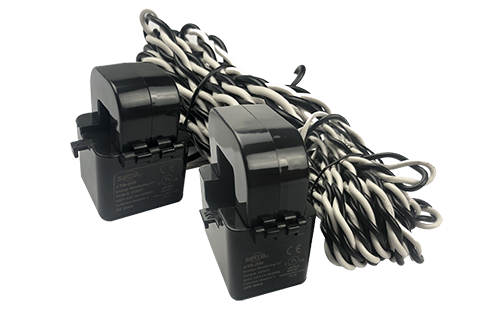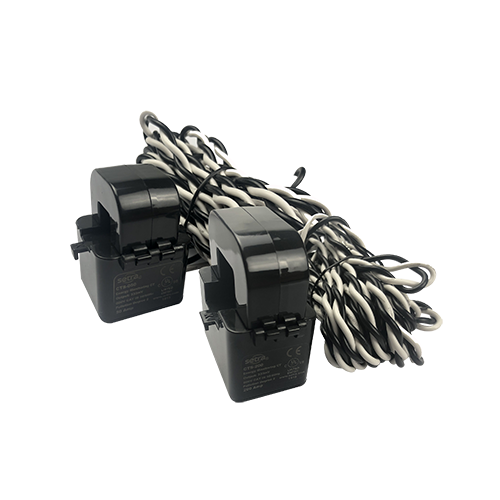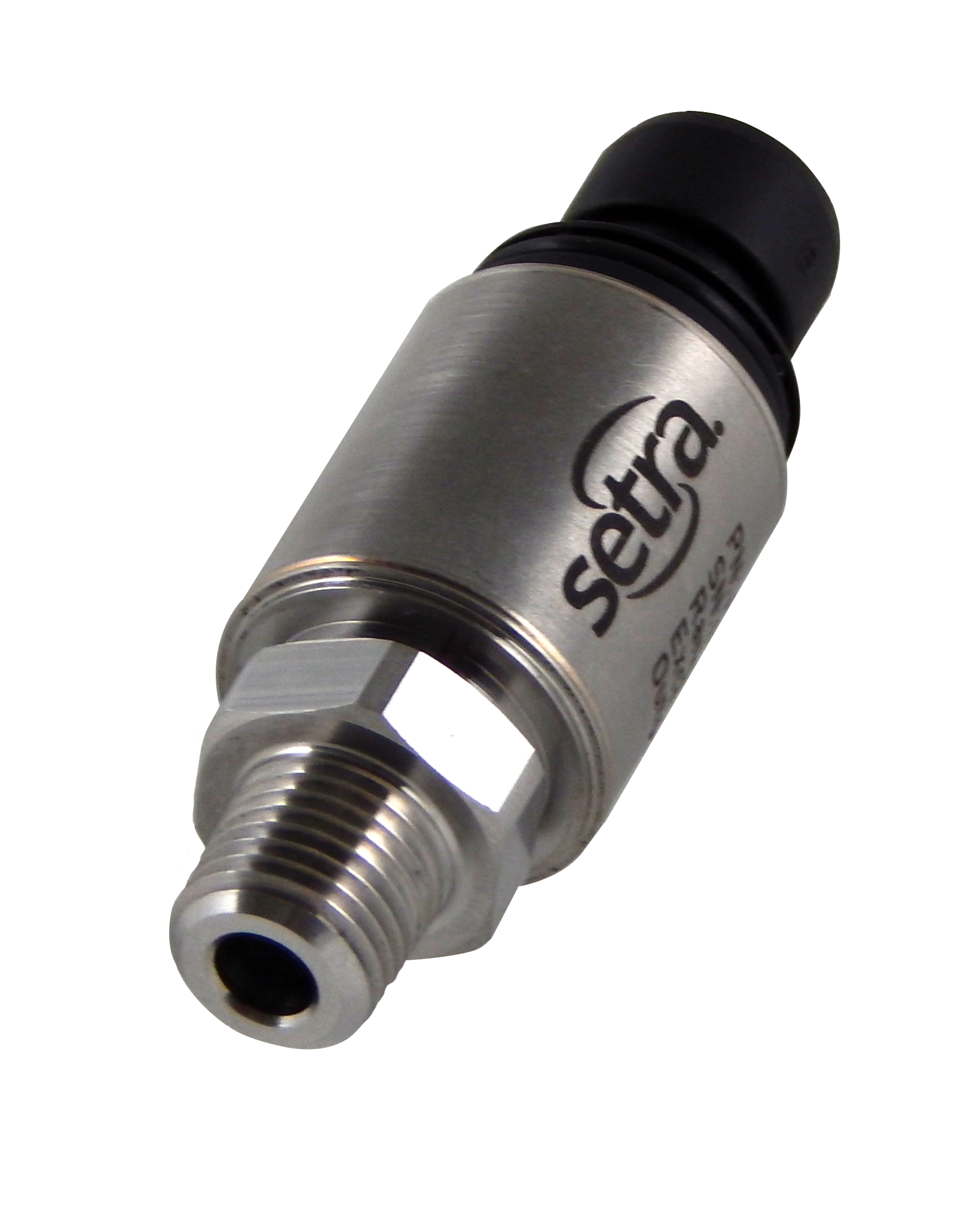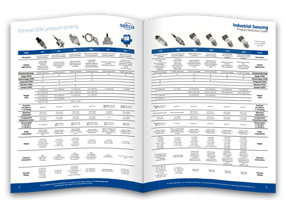To be safe for use in a cleanroom or other critical environment, particle counters must meet certain ISO specifications. ISO 21501-4 is specifically designed for light scattering airborne particle counters. Manufacturers must tightly control the size, shape, and refractivity of particles when calibrating particle counters to meet this specification.
Setra Blog
Meghan Kelley
Recent Posts
One of the greatest fears in the general population is the rapid spread of infectious disease. While there are many strategies employed to prevent these infectious diseases from becoming an outbreak, the only way to treat patients without risking the spread of disease is through the use of isolation rooms. Isolation rooms are designed to prevent contaminated particles from spreading beyond a quarantined area by ensuring air is exhausted from the room and filtered through a high-efficiency particulate air (HEPA) filter before it is vented outside of the building.
Monitoring critical environments - such as cleanrooms, operating rooms, and compounding pharmacies - is paramount to maintain safety and remain compliant with regulatory standards. In these critical spaces, it is often required to monitor multiple environmental parameters.
As energy costs rise and being environmentally conscious is ever a concern, power monitoring is increasingly popular. Numerous states now offer incentives to encourage buildings and other consumers to start power monitoring.
OEM and mechanical parts suppliers adopting ISO Standards is increasingly common throughout the US, driven by a spike in industry demand for components manufactured in ISO compliant factories. In addition to existing and increasing demand for ISO compliance in clean rooms, healthcare spaces, and laboratories, manufacturing facilities like automotive, electronics, loT, and industrial are now adapting to observe these standards. To be ISO compliant, all of these spaces need highly accurate, reliable, and NIST-traceable sensors for monitoring.
For decades, hot-wire anemometers have been widely used throughout hospitals to ensure proper pressurization in critical spaces such as operating rooms and isolation rooms.
UL 2808 is one of the most recent and updated safety standards released by UL. It is designed to provide for retrofit energy monitoring equipment such as commercial submeters and associated equipment, including open-type current transformers. It was released in 2012 under the category code XOBA.
Introducing Setra’s new split-core current transformers! Our Split-Core CTs provide a high accuracy current measurement over a wide dynamic sensing range for power metering applications.
What does the IP stand for?
IP stands for "Ingress Protection" and is the International Protection Marking per IEC standard 60529. The most common use of an IP rating is how protected a product - such as a transducer - is from a solid or liquid entering the product.
Considering humidity accuracy measurements is necessary when selecting a relative humidity transmitter. Accuracy, by definition, is "the degree to which the result of a measurement, calculation, or specification conforms to the correct value or standard" (Oxford English Dictionary). When comparing accuracy measurements of different relative humidity sensors, understanding the factors included in said measurements is crucial. An accuracy measurement should consist of non-linearity, hysteresis, repeatability, and calibration uncertainty. These factors can be defined as:
Subscribe to Our Blog!
Topics
- Critical Environments (182)
- HVAC/R (179)
- General Industrial (153)
- Building Automation (134)
- General Industrial OEM (92)
- Energy Management (85)
- Test and Measurement (66)
- HVAC/R OEM (58)
- Barometric (44)
- Alternative Fuels (42)
- Medical (40)
- Process/Mfg Tank Level (40)
- Water and Wastewater (39)
- OHV (38)
- Oil and Gas (35)
- Industrial Vacuum (29)
- Calibration (25)
- Semiconductor (25)
- Particle Counting (18)
- Cleanroom Monitoring (17)
- Room Pressure Monitoring (16)
- Trade Show (12)
- cleanroom environment (12)
- Scales (11)
- Environmental Monitoring (10)
- Power Monitoring (10)
- Healthcare (9)
- Power Meters (9)
- Software (9)
- cleanroom monitoring systems (9)
- Case Study (8)
- critical environment technologies (8)
- Humidity (7)
- data centers (7)
- particle counter (6)
- pressure transducers (6)
- LITE room pressure monitor (5)
- hardware and software cleanroom monitoring systems (5)
- setra lite (5)
- Compliance (3)
- Video (3)
- hospital spaces (3)
- FAQ & Troubleshooting (2)
- Monitoring Compounding Pharmacies (2)
- Semiconductor Manufacturing (2)
- agencies that monitor pharmacies (2)
- energy (2)
- hvac (2)
- laboratories (2)
- monitor compound pharmacy (2)
- protected environment (2)
- regulatory compliance (2)
- setra lite features (2)
- usp 797 (2)
- Current Sensors and Transducers (1)
- Current Transformers (1)
- Pressure (1)
- aerospace cleanrooms (1)
- cems (1)
- digital transformation (1)
- ipv6 multicast (1)
- ipv6 multicast address (1)
- ipv6 multicast address range (1)
- isolation room pressure monitoring (1)
- multicast address ipv6 (1)
- multicast ipv6 (1)
- operating room (1)
- pharma 4.0 (1)
- pressure sensor (1)
- pressure transducer companies (1)
- semi conductor (1)
- sensors and transducers (1)
- setra pressure transducers (1)
- submetering (1)
- sustainability (1)
- temperature monitor (1)
- temperature monitoring for pharmacies (1)
- transducers (1)
- usp 800 (1)
- water (1)
- what does hvac stand for (1)
- what is a transducer (1)
- what is hvac (1)


